The UX content landscape has changed so much in only the last two years with the advent of AI. Generative AI is here to stay but how do we navigate it? Gone are the days where UX content writers just used tools for research — these very tools are taking their jobs.
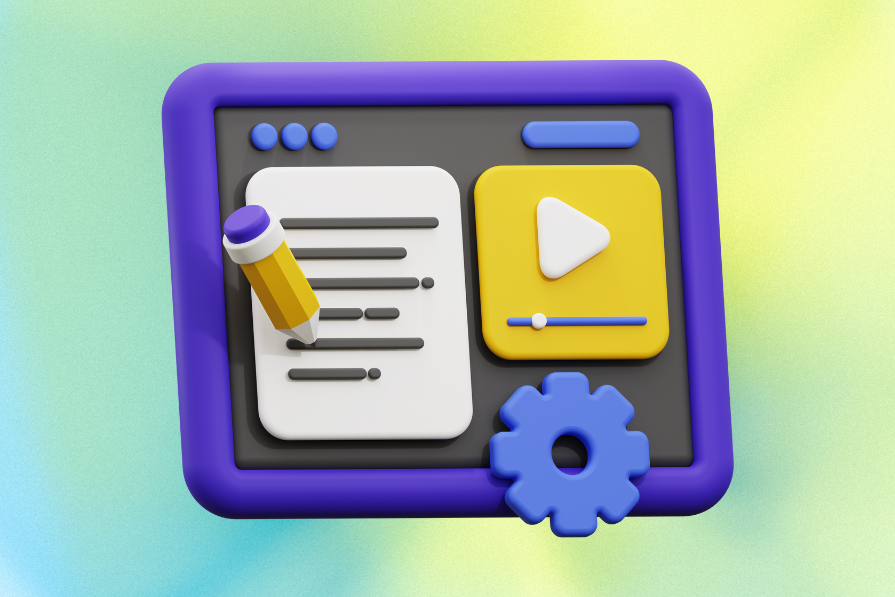
One company I’ve previously worked with laid off all of their SEO content writers, UX writers, and content marketers in favor of using AI to write for them. They even made their managers install a separate AI annotation tool to check the output that their AI writers had generated.
Of course, that extreme doesn’t work, the reason being that an all-AI team won’t have the resources to connect to still-very-human end users. AI can write, but it cannot reason, empathize or contextualize — the core skills necessary for good UX content design.
Further, the content that is being mass-produced by AI lacks management and collaboration. AI content shouldn’t be thought of as an end-product but, rather, can be utilized to create correlations between what the business wants to relay to their end-users, the team that sends those messages, and the end-user that receives those signals.
Correlation, however, is — as the saying goes — not causation; and it is most certainly not cognition. This article will cover ways to properly leverage AI-aided correlations, along with common mistakes UX writers make in doing so.
Smart UX designers know how to leverage AI for their content. While it’s been said that AI won’t replace jobs, my spin on this is that the UX writer who knows how to use AI will replace the writers who don’t.
Human cognition is not something that can be replicated by machines. In this day-and-age, AI is still very much aided by whole teams of human beings from user research to prototype building and testing.
Human cognition is what allows us to spot what’s best for other human beings. This human-centric way of thinking can be a huge part of standing out in the market. And cognition — driven by empathy — produces the kind of creativity that our end users can benefit greatly from.
For smart UX designers, knowing how to weed out bad AI content from the good ones is what will lead to success. UX designers who can use AI at any stage of the process, but it must be utilized wisely. Those who can do so will stand out over those who don’t use it at all, or who use it mindlessly without double-checking.
AI is a tool, but creativity is a human skill. It is this creativity that must lead our management of our AI tools and resources. AI should not be a replacement for human-centered UX content; but it can and should be utilized as a tool for more effective collaboration.
AI can track typical human behavior at this point — but it fails at tracking offbeat, quirky ones. What if your end-user is part of a particular niche?
Imagine you’re a tech gaming company. AI can predict which games are popular; AI can create game characters and environments. A stunning 80% of game developers are using AI nowadays..
The great thing about it is that in gaming, UX designers can rapidly visualize great ideas — scripts, interface content, dialogue, etc — using AI. But a lot of these visualizations still need weeding out. This is where human ingenuity can come in — human curation works best for the human end user.
For a role-playing game, the content would be vastly different from a first-person shooter game. And there are many games out there — inventive, quirky, and massively appealing games — that would be very difficult to market with the use of AI alone.
With the end-user in mind, AI can aid humans to look and select the right content for their right niche. A gamer is a whole different niche, than say an e-commerce client. The ability of AI to quickly typify and categorize experiences may prove detrimental to your niche, especially for UX content that tends to be repeatable.
The correlations that AI makes by scanning all types of users can be aided by a UX designer that knows exactly what they’re doing. But hasty, shallow AI content that doesn’t add any uniqueness to your content will not succeed. The key is handling AI with a human touch, so that content can be not only data-driven but hyper-personalized for every user.
Many UX content designers can integrate AI content tools gradually and thoughtfully into their workflows. Start with manageable content types such as social media posts or product descriptions. These require little text, but lots of creativity.
AI can also significantly speed up drafting and research tasks, increasing efficiency by 60-70%, but it requires a ton of training, clear roles and quality standards.
A hybrid model works best — AI generates initial drafts and handles repetitive tasks, while human editors refine the tone, accuracy, and brand alignment. The use of human UX designers is crucial for fact-checking, plagiarism detection, and alignment with a brand’s unique voice. They’re critical to maintaining content integrity and trust with end-users:
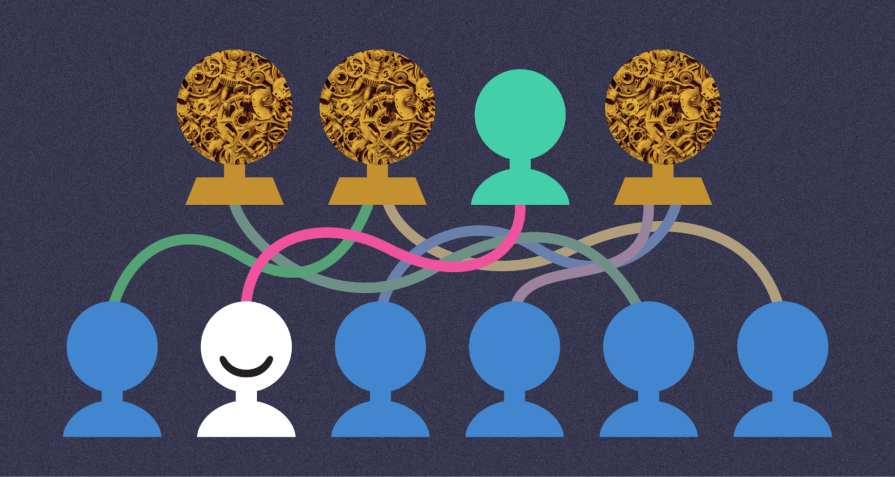
Remember, the end-user will be convinced by other human beings, not by machines. Adapting content for them requires human directed personalization.
Have you ever read AI content? Often, it’s generic, devoid of humor or emotion, and seemingly stilted and formal. For UX designers, combining a personalized human touch along with the basic principles of content generation and framing is ideal for targeting your end-users.
AI can lay structural groundwork, allowing human content creators an underlying structure into which they can weave personal insights, stories, and an authentic brand voice. Generic input leads to generic output, in my own experience creating years of content. A specific, well-crafted prompt dramatically improves output quality. Think of creative prompts you can use rather than generic ones. Personalization is all about quality content that connects deeply.
You can also test prompt versions and save effective prompts to help optimize results over time. This method ensures that your content resonates with your intended audience. And, if utilized well, AI can help keep your archive or history of prompts continuously useful. It can create interesting starting points from what you’ve already establishe — but always make sure that AI is aiding and augmenting your process, not replacing your unique human sensibilities.
Here are some best practices I’ve done throughout the years, and how I’ve tailored content for the end-user with the help of AI:
It’s wise to partner up with AI, using it as a tool rather than a threat. A human-AI partnership entails smart AI content use from business to UX content designer to end-user. AI drives efficiency and initial creation, while humans ensure quality, ethics, personalization, and brand consistency, thus maximizing the value AI tools bring without losing the human touch to target your end-user.
Remember, AI is used for the boring, mundane tasks that require little to no creativity. AI should always be liberating, allowing you to focus your energy on spinning content that counts. When it comes to UX content, the most creative content will always stand out over generic content generated by AI mills, so to speak. The reason AI was even invented in the first place was to automate tasks that humans don’t want to do or find tedious to do. So, use that to your advantage, and have fun creating the end-result for your target audience.
The landscape out there is changing, and changing rapidly with the advent of AI. AI can often be friend or foe, depending on where you as a content designer stands and how it affects your life. But in my opinion, AI is neither friend nor foe — it’s a powerful tool that you can utilize, direct, and target towards your goals.
AI can greatly enhance UX content creation and in genuinely transformative ways, but it must be wielded with care.
The most successful UX writers will be those who balance AI’s speed and data-driven capabilities with creativity, empathy, and a contextual understanding that only humans can provide.
By thoughtfully integrating AI — using it to handle routine tasks while preserving rigorous quality control, personalized user research, and brand voice — designers can create content that not only meets business goals but deeply resonates with diverse end-users.
Ultimately, keeping the human touch at the core of AI-assisted UX content is key to maintaining authenticity, relevance, and meaningful connection in an increasingly automated landscape.
This post contains original images by John Hirota. John Hirota is an illustrator working in the fields of design, culture, and education.
LogRocket's Galileo AI watches sessions and understands user feedback for you, automating the most time-intensive parts of your job and giving you more time to focus on great design.
See how design choices, interactions, and issues affect your users — get a demo of LogRocket today.
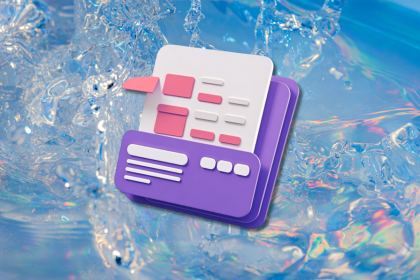
Small actions can have large consequences in complex systems. Here’s how UX designers can manage dependencies so users feel informed and in control rather than blocked or blindsided.
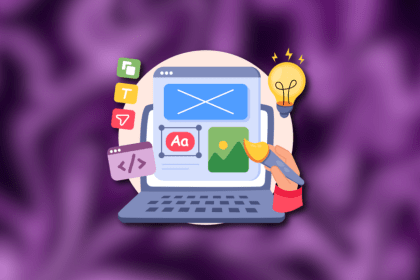
This article examines when hero sections are necessary in digital products, when they create friction, and how to evaluate them using UX goals, primary actions, user flow impact, and real-world alternatives.
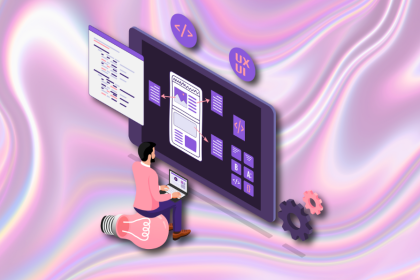
AI speeds up tasks like research synthesis, ideation, and first-draft wireframes, but it can’t replace clarity, taste, or decision-making. Here’s a grounded look at what AI actually does well in UX right now.

Discover how to craft UX-friendly hero sections with examples, design tips, and strategies that drive engagement and conversion.